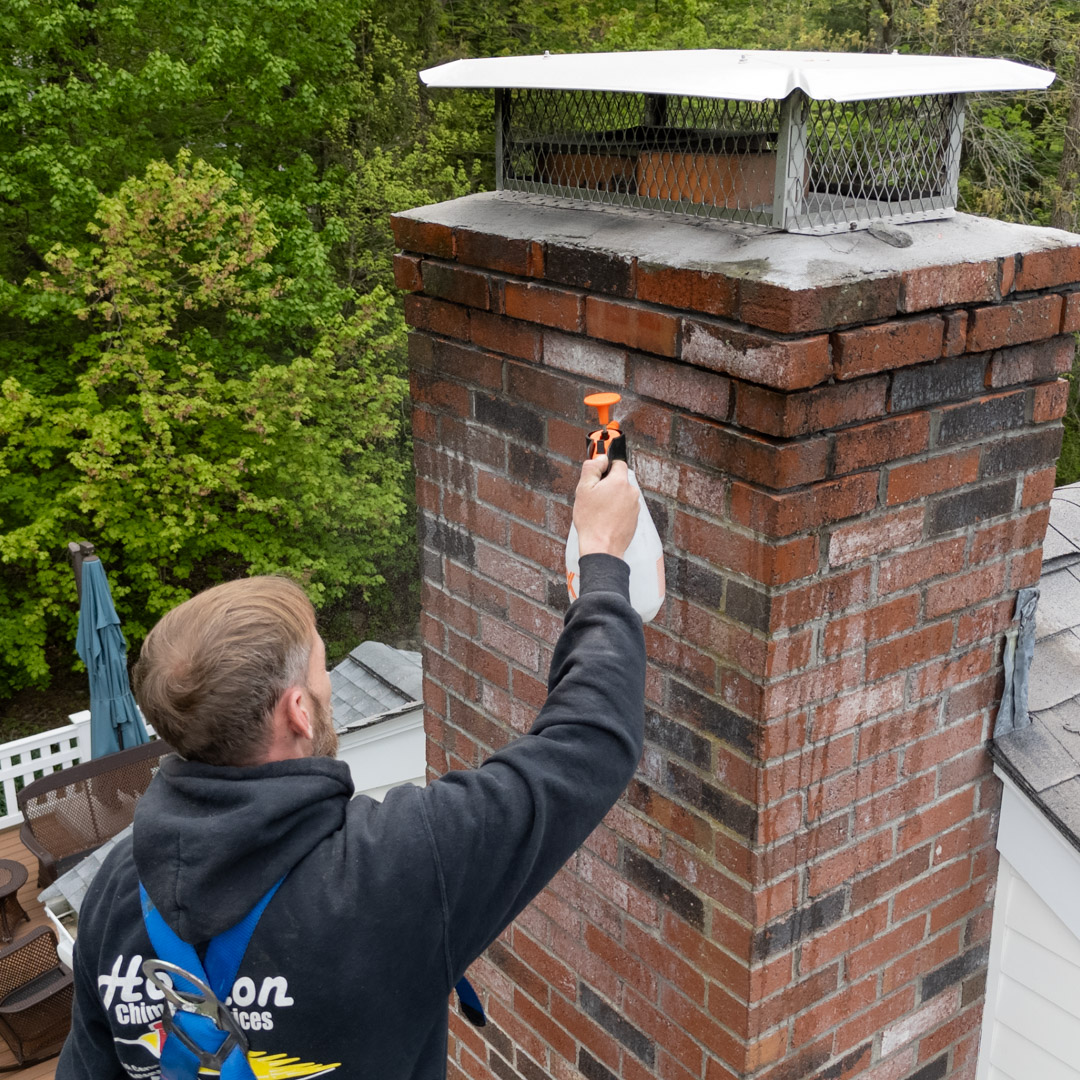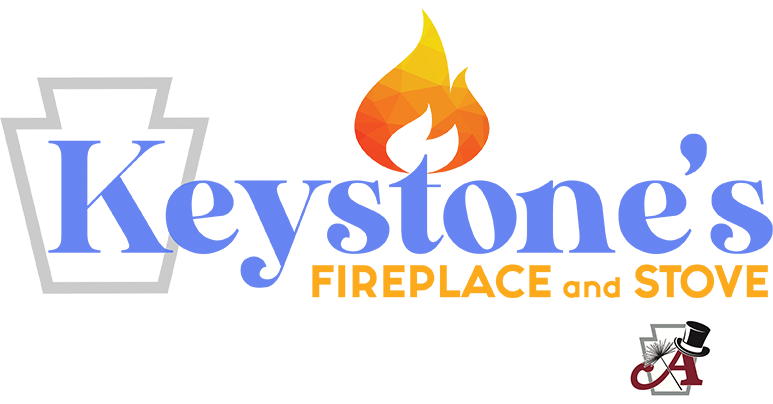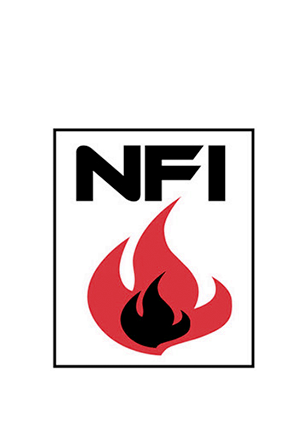Effectively Detecting Chimney Leaks
- Hits: 3
Contrary to popular belief, chimneys aren’t invulnerable. Sure, bricks and mortar make for a sturdy structure, but water, yes water, can cause serious damage to your chimney and home.Chimney leaks often go unnoticed for years, and when you see the first signs of trouble, it may be too late. That’s why it’s crucial to identify leaks early and prevent them to avoid structural and safety hazards.

Common Signs of Chimney Leaks:
Detecting chimney leaks is all about knowing what to look for. Here are the common signs that you have a problem.
Water Stains on Ceilings or Near the Chimney
Brown or yellow stains on the ceiling or walls surrounding the chimney are a strong indicator that water is seeping in. These stains often appear after heavy rains or melting snow.
Musty Odors or Damp Smells
Does your fireplace smell like a damp laundry room? Persistent musty odors mean moisture has penetrated the masonry. These causes musty odors and can spur mold growth, which can be a health hazard for people with compromised respiratory systems.
Cracked or Spalling Bricks
Moisture trapped in masonry can freeze and expand during winter, causing the bricks to crack, chip, or
flake, a process called spalling. Spalling is a clear sign of water infiltration.
Rust on the Damper or Fireplace Components
A rusty damper or firebox is a big clue that water is getting in. Rusted metal parts make them harder to operate, which can be a safety issue.
Dripping Sounds or Visible Water Inside the Firebox
Seeing or hearing water is the most obvious sign that you have a leaky chimney and a sign that the problem is advanced. If you see this, it’s time to call a chimney professional pronto to get the problem under control and repair any damage.
White Staining on Bricks
White stains on the chimney’s bricks might not seem like a big deal, but it is. This is called efflorescence and is caused by water drawing mineral salts out of the masonry, which is another sign of moisture getting in.
Common Causes of Chimney Leaks:
The best way to deal with chimney leaks is to know what causes them in the first place so you can take preventive steps to stop them in their tracks. Chimneys can leak in several places, and sometimes, multiple issues are at play.
Damaged or Missing Chimney Cap
The chimney cap sits on top of the flue and is the first line of defense against water intrusion. They also protect against animals, leaves, and other debris from getting in. If it’s cracked or missing, you’re opening up your chimney (literally) to trouble.
Cracked Chimney Crown
The crown is the concrete or mortar slab that seals the top of the chimney. Over time, they can crack from weather exposure, allowing water to seep in.
Faulty Flashing
Flashing is the metal barrier that seals the gap between the roof and the chimney. If it’s loose, rusted, or incorrectly installed, water can leak into the attic or walls.
Porous Bricks or Deteriorated Mortar
Brick and mortar are naturally porous materials. Without proper sealing, they soak up water like a sponge, especially after years of weather.
Missing or Damaged Flue Liner
A cracked flue liner allows moisture and combustion gases to penetrate the masonry, leading to damage from the inside out.
How to Prevent Chimney Leaks:
As stated earlier, the key to dealing with chimney leaks is to prevent them when possible. Prevention is easier and cheaper than repair.
Install a High Quality Chimney Cap
A properly fitted chimney cap keeps out rain, snow, and debris, and compared to chimney repairs like tuckpointing or rebuilding, it’s a drop in the bucket in terms of cost. Caps are also essential for keeping critters out, which can build nests or die, leading to blockages and foul odors.
Seal the Crown
If the crown is in good shape, apply a waterproof sealant made for chimneys to protect against water absorption. It’s best to hire a pro for this because they use specially made products that stop moisture from getting in while allowing moisture in the masonry to get out. If the crown is damaged, hire a professional mason or chimney professional to rebuild it.
Maintain the Flashing
Inspect the flashing annually to ensure it’s tightly sealed. If you notice rust or lifting edges, have it replaced. Professional roofers or chimney technicians can reseal or re-flash the area as needed.

Apply a Waterproof Treatment
A breathable, vapor-permeable waterproofing product can protect the chimney from moisture while allowing trapped vapor to escape. This prevents leaks and trapped condensation that could harm the chimney.
Schedule Annual Chimney Inspections
An annual inspection by a certified chimney professional is one of the best ways to detect moisture damage and other issues before they worsen or become dangerous.
Clean and Maintain the Downspouts
If your gutters or downspouts are clogged, water can back up and pool around the chimney’s base. Keeping them clear directs the water away from the roof and chimney.
Call Keystone’s Today!
Call the pros at Keystone’s today to check the chimney for leaks and signs of water damage. We’re the most trusted chimney and fireplace company in Mechanicsburg, PA, and the surrounding areas.






